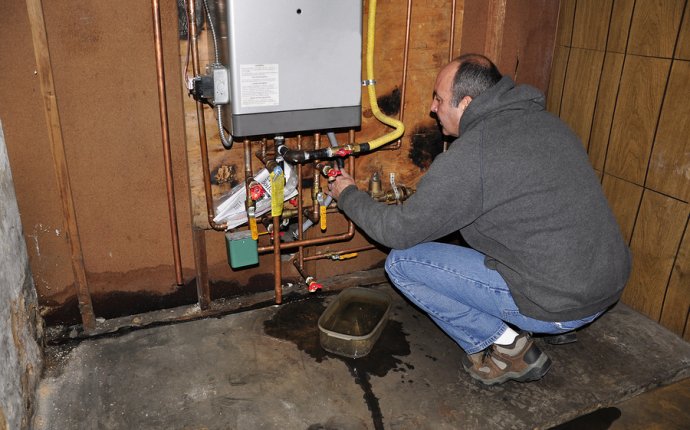
Fix car air conditioner leak
If you've checked to make sure you do not have a blown fuse or a really loose or missing drive belt, then chances are your system is suffering from one of the three following common problems: leaks, compressor failures or contamination.
Leaks: The #1 Problem
Est. Repair Cost: $50 to $200
A MSN Autos survey of repair shops around the country confirms that system leaks are the number-one auto air conditioning problem faced by consumers.
"Leaks account for roughly 80 percent of the problems we see day in and day out, " the manager of a Brookfield, IL, repair shop told MSN Autos. Other shops concurred, reporting that leak repair accounted for 70-80 percent of their air conditioning work.
Leaks can occur anywhere in the air conditioning system, wherever refrigerant passes from one component to another.
Fortunately, leaks are the easiest and least-expensive A/C problems to fix, with replacement of faulty gaskets or worn hoses as the usual solutions.
If you're lucky, leak repair will set you back around $50. But prepare yourself for a figure up to four times that amount. "Leaks usually run between $150 and $200, " the service manager of an Irvine, CA, repair shop told MSN Autos-an estimate echoed by many shops we surveyed.
Compressor Failure
Estimated Repair Cost: $500 to $1, 000
The compressor is the pump that compresses and circulates the refrigerant through the system, transferring heat from the cabin to the outside environment.
In most systems, the compressor contains a magnetic clutch that engages when you turn on the air conditioning in your vehicle. This clutch can fail, or other compressor components can simply wear out.
As the heart of the A/C system, the compressor is costly to fix. Repairs start around $500, but as a service manager at a Phoenix Toyota dealership told us, "Compressor replacement can be spendy, sometimes going over $1, 000."
System Contamination
Estimated Repair Cost: $300 to $2, 000
Contamination is another common air conditioning problem. Contamination occurs when an A/C system is serviced using equipment that has been exposed to more than one type of refrigerant.
There are two primary refrigerant types: R-12, used in older cars, and the environmentally friendly R-134a, used in all cars built since 1994. The two refrigerants are completely incompatible and any exposure of one to the other during servicing contaminates parts within the A/C system.
Decontamination involves flushing and recharging the entire system, as well as replacing any or all of the following components: compressor, condenser, evaporator and dryer.
"A lot of shops will not touch a contaminated system because it requires storage of contaminated refrigerant, which is considered hazardous waste-and very few shops have the capacity to store such waste, " Skip Christenson, a Master Technician for Automotive Information Systems (AIS), told MSN Autos. (AIS is MSN Autos' Reliability Ratings content provider.)











